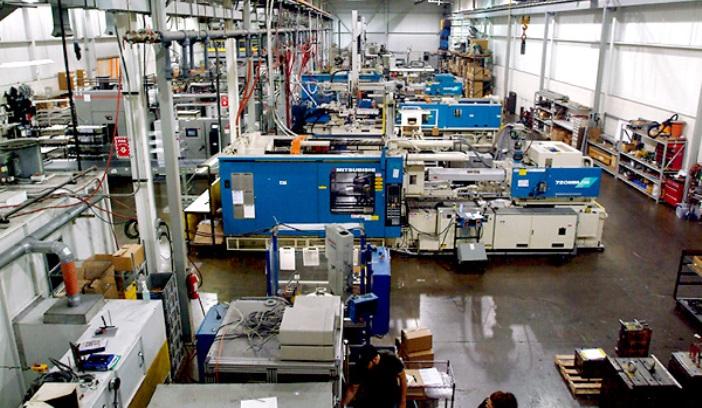Pricey credit stalls factory investments
Nigeria’s manufacturing sector is making renewed efforts to attract both local and foreign investors, but high borrowing costs, weak infrastructure and policy inconsistencies are undermining the drive.
With capital inflows shrinking and factory output slowing, economists say reviving industrial growth requires developing cheap and accessible funds, sustaining the stability in foreign exchange, reducing energy costs, and creating a stable regulatory environment that rewards long-term investment.
Segun Ajayi-Kadir, director-general of the Manufacturers Association of Nigeria (MAN), called for further tapering of key interest rates, and a more stable currency to ensure competitiveness needed to stimulate investments in the capital-starved sector.
Read also: Manufacturing sees modest growth in second quarter amid challenges
“The average lending rate now to manufacturers is still above 30 percent. And you can’t make any meaningful production activity with that kind of rate. We like to see it come down some more,” Ajayi-Kadir said, expecting policymakers to cut rates by 100 basis points in their next meeting in November to 26 percent.
“We shouldn’t keep our eyes off the ball. We can see that the naira is appreciating, but the rate is also still high, and unless you’re able to substitute what you need for dollars to import, you will continue to have an unstable currency.”
Industry data by MAN shows that capital investments into the sector fell by 35.3 percent year-on-year to N658.81 billion in 2024 as record-high monetary policy rates lowered the appetite to invest and undertake any expansion.
However, the second half (H2) of 2024 witnessed a 19.4 percent increase compared to the first six months of last year, as manufacturers cautiously resumed capital expenditures.
Investments in the manufacturing sector are at their lowest level since 2017 despite a rare stability of the naira, according to data from the National Bureau of Statistics (NBS).
Capital importation into the sector slowed by 10 percent in eight years, from $144.09 million in the first quarter (Q1) of 2018 to $129.9 million in the same quarter of 2025.
On a quarter-on-quarter basis, it plunged deeper by 69 percent from $421 million in the fourth quarter (Q4) of 2024 to $129.9 million in the first quarter (Q1) of 2025. This decline occurred despite the country recording a surge in overall foreign direct investments (FDIs) for the period.
To make the manufacturing sector an investment-desired hub, authorities will need to be “deliberate with our infrastructure planning” as this will reduce logistics costs, and “to create policies to partner with the private sector” to provide the needed infrastructure to stimulate investments, according to Adeola Adenikinju, former president of the Nigerian Economic Society.
While investments are declining, manufacturing outputs are also witnessing a steep fall – a double-whammy for a sector that holds the potential of reducing Nigeria’s unemployment crisis and crystallising its industrialisation agenda.
Manufacturing output plunged to $25.4 billion last year, marking the steepest decline in 15 years. More worrying is that its value more than halved between 2023 and 2024, from $55.9 billion, according to data obtained from the World Bank.
The sector’s share as a percentage of GDP has been abysmally low due to a wide range of issues, including high energy costs, sky-high inflation, and exchange rate volatility.
Manufacturing contribution to GDP in nominal terms stood at 9.62 percent in the Q1 of 2025 and fell to 6.67 percent in Q2. That compares to 13 percent in South Africa and about 20 percent in frontier market Indonesia, where it’s the largest contributor to the Southeast Asian nation’s economy.
Muda Yusuf, director/chief executive officer of the Centre for the Promotion of Private Enterprises (CPPE), said Nigeria will need to grow manufacturing as a share of its GDP to between 15 percent – 20 percent to ensure competitiveness and lure in investments, noting that creating an enabling environment for production remains ‘exogenous’ for the sector.
Yusuf argued that the government must roll out trade policies to curb imports as cheaper imports leave local manufacturers less competitive, stressing that a stronger procurement policy will usher in new investments.
“If you’ve a procurement policy that supports patronage of locally produced goods, that’ll also help to boost turnover and increase capital investment.”
The CPPE boss said the cost of funds is also a reason manufacturers are scaling back investments, urging the government to lower lending rates to allow expansion and engender economic growth.
The Monetary Policy Committee (MPC) began an easing cycle after holding rates for about five years, as inflation continues to cool after hitting a near three-decade high last year.

